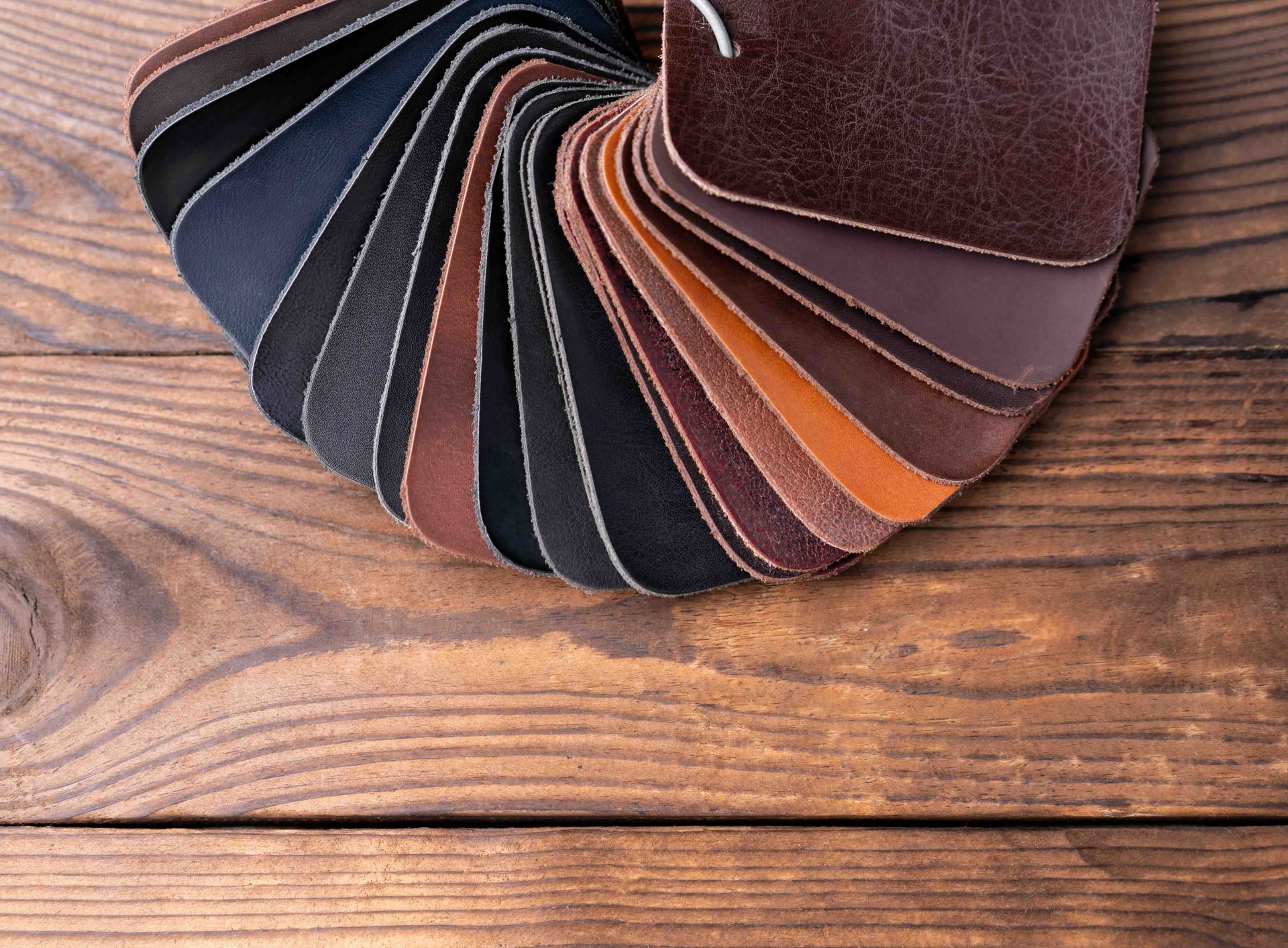BE AN EDUCATED BUYER!
Does a stiffer glove mean its higher quality? No.
As you may know from owning or using a high-end glove, they are typically stiffer. However, they will all soften up eventually. The quality will be evident from this point on. Once you have your glove broken in, how well will it hold up? How long will it feel “perfect” before it feels like a rag on your hand?
Once you have gone through the time-consuming process of allowing the glove to break-in to YOUR hand, and YOUR style of play. Once it has taken the shape YOU love and want in a glove, does it stay there or does it quickly lose everything you have done to it?
Do you know why some gloves are so brutally stiff from the factory? It’s because the factory doesn’t put any extra time in to soften the glove. They simply work the shape and then leave it alone. They could soften it, but that would take time and effort, and that cost money!
These factories rely on the hope that YOU will believe the glove is higher quality because it is stiffer. In fact, that means nothing except that factory did less work than the others who are softer.
Of course, cowhide and other lesser leathers will be softer and will soften very quickly. Kip and steerhide will take longer to break in, but will last longer as well.
Kip and steerhide are what the higher end gloves are made of. One is not inherently better than the other.
The difference is that kip is taken from a younger steer. It is a smaller hide and will have tighter grain. It is generally lighter weight, and very durable. Kip leather will typically have fewer imperfections due to the shorter lifespan of the animal.
Steerhide is thicker, tougher, and may have more imperfections per hide. It is typically heavier than kip, but generally will last longer as well. Most of those gloves your dad had ever since high school were made of steerhide. Even though steerhide may weigh more than kip, we are only talking about ounces, not pounds, and most of you will not be able to tell the difference.
So, why is one leather more expensive than another? It’s because of the Tannery. The treatment of the hide is the most important reason one leather will out perform another. It’s why one feels better, last longer, forms better… It is why it cost more for glove manufacturers and why it will cost more to the end user.
You will not be able to tell the difference between kip and steerhide leather. Some glove brands know this and they go so far as to call steerhide “kip” in hopes you will pay more.
Tigress Gloves will never mislead our customers. We can’t stop other glove companies from lying to you, but we can help educate you so you can make an informed decision.

Other Articles

Subscribe to our
Newsletter
Our newsletter is focused on bringing you the latest in news & tips.
Join the Newsletter
Thank you for subscribing.
Please try again later
All Rights Reserved | Tigress Gloves
Website by SPECK DESIGNS
All Rights Reserved | Tigress Gloves
Website by SPECK DESIGNS





